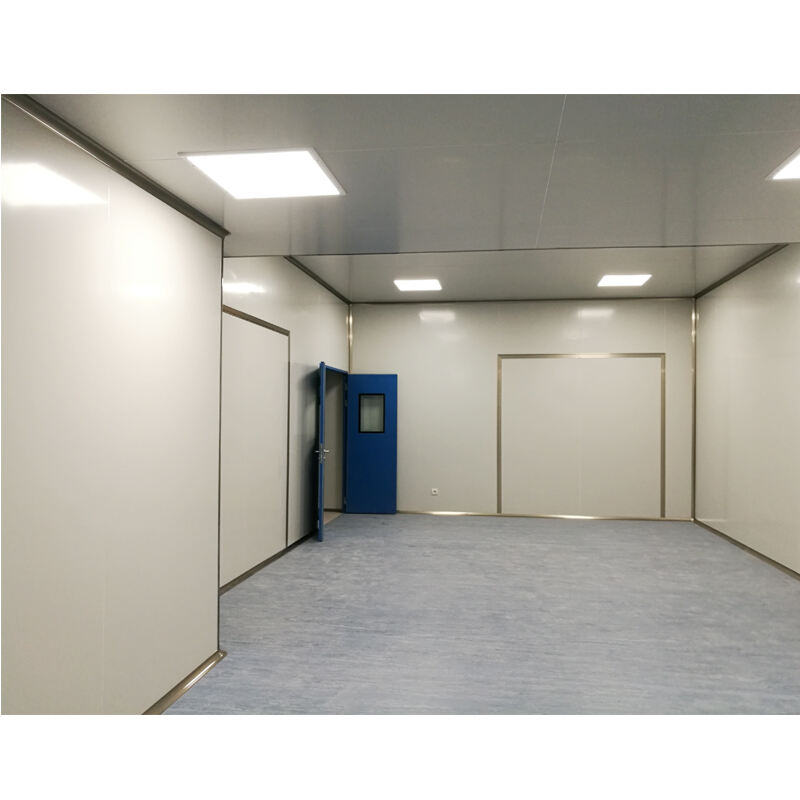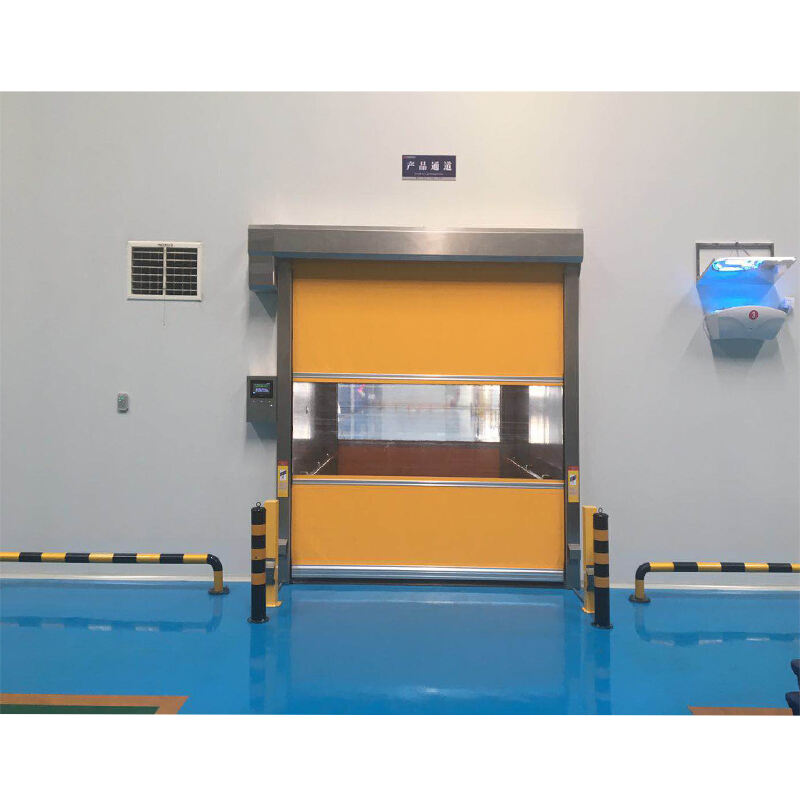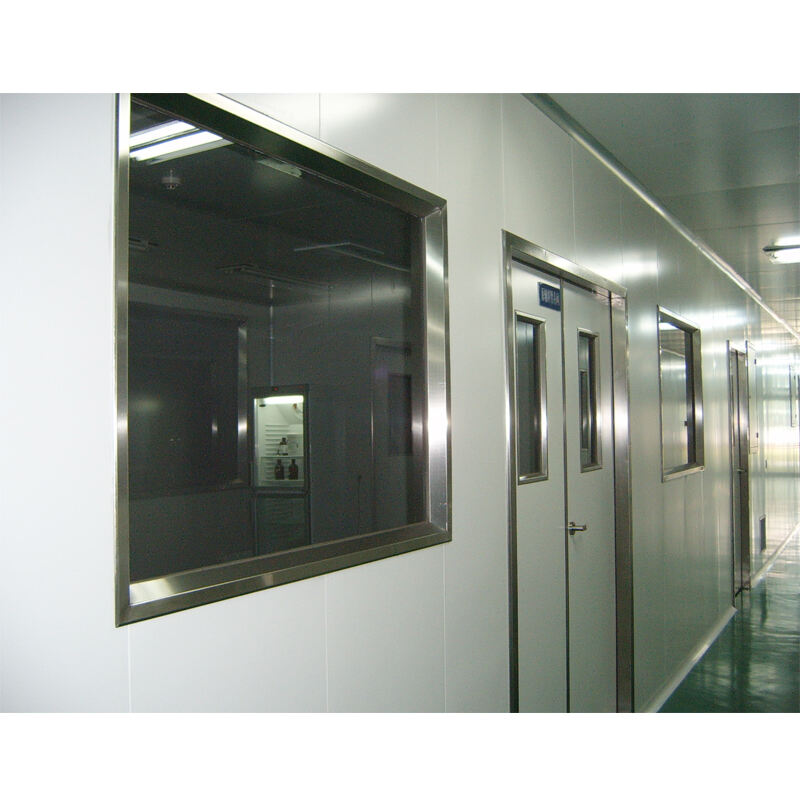clean room cost
Clean room cost encompasses various factors involved in establishing and maintaining a controlled environment essential for sensitive manufacturing processes, research, and development. The total expense typically includes initial construction costs, ranging from $100 to $1000 per square foot depending on the classification level, specialized HVAC systems with HEPA filtration, monitoring equipment, and ongoing maintenance. These facilities require precise control of particulate contamination, temperature, humidity, and air pressure. The technological infrastructure includes automated air handling units, sophisticated monitoring systems, and specialized cleaning protocols. Applications span across multiple industries, including semiconductor manufacturing, pharmaceutical production, biotechnology research, and aerospace component assembly. The investment varies significantly based on the required cleanliness class, room size, and specific industry requirements. Essential components include airlocks, gowning rooms, specialized flooring, and wall systems designed to minimize particle generation. Regular certification and compliance testing add to the operational costs, ensuring the facility maintains its designated cleanliness classification. Understanding these cost components is crucial for organizations planning to implement clean room facilities, as it impacts both initial capital investment and long-term operational expenses.


